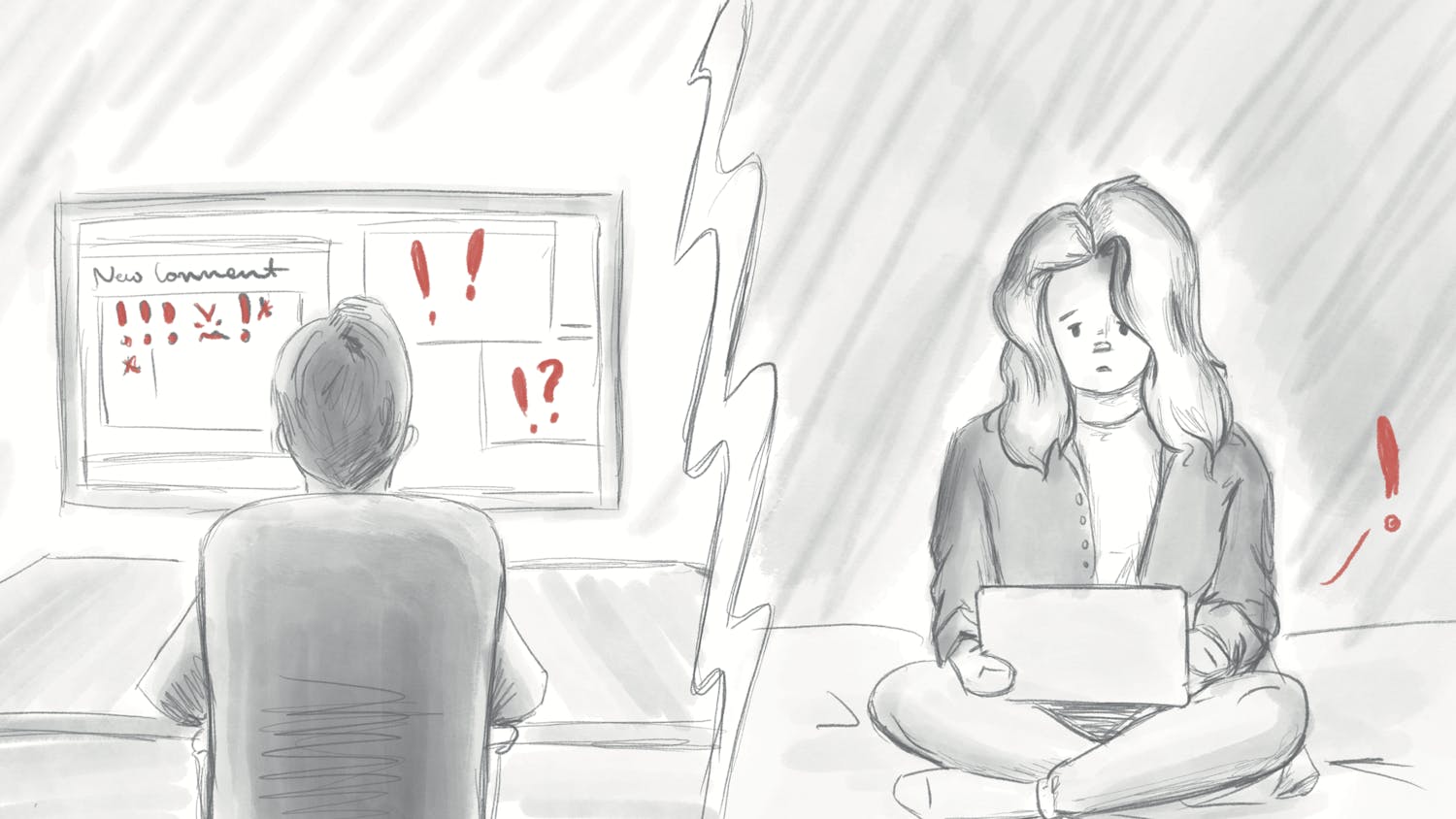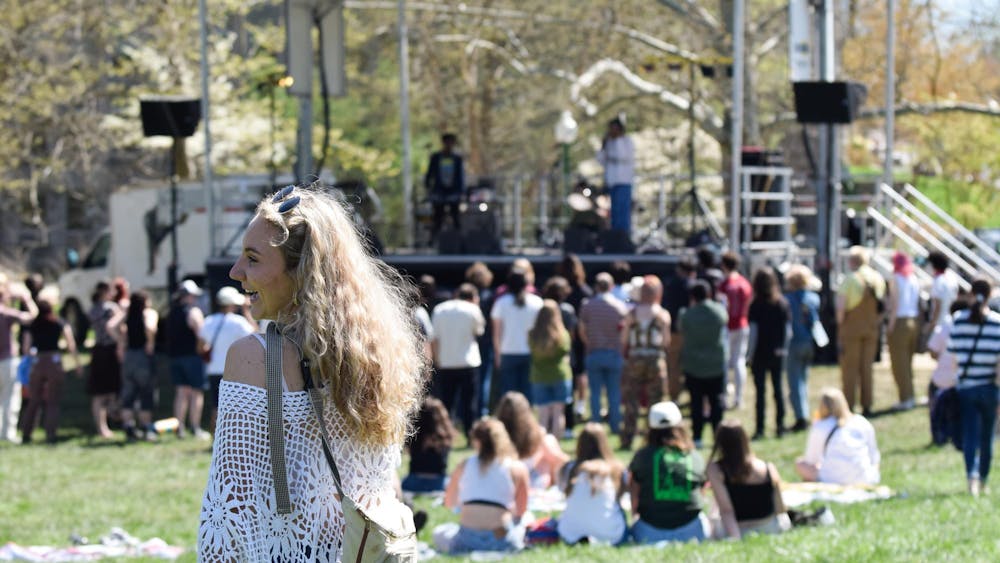Campus accessibility for people with physical disabilities is a widespread issue among universities that must be improved, especially on larger campuses like IU’s.
Cracked concrete, narrow lifts and buildings with only one accessible entrance are but a few of the obstacles students with physical disabilities face on the way to class. Winter weather only makes navigating campus more difficult.
Accessibility is not by any means a problem distinct to IU. Accessibility for students with physical disabilities is becoming an increasingly hot topic. Activists on Ivy League campuses have been particularly vocal. As student activists point out, the physical setup of a campus should not limit one’s options for post-secondary education.
Historically, campuses were not designed to be accessible for people with physical disabilities. The Americans with Disabilities Act, which establishes standards for accessibility, was not passed until 1990. In contrast, IU’s original buildings were constructed in 1820, The centuries of buildings built without accessibility in mind only reinforce historical disparities in education for people with disabilities.
A university campus – the University of California, Berkeley – was a site for the start of the disability rights movement in the 1960s. Ed Roberts, who was paralyzed from the neck down as a result of polio, attended Berkeley as a student in 1962 after overcoming discrimination in admission because of his disability.
Roberts was among to first to bring up issues of physical accessibility on university campuses and to advocate for campus living options for the physically disabled. More than 50 years later, the ADA now mandates compliance with accessibility standards, but it still only requires one accessible pathway to and through each building.
Sarah Kim, a student at Columbia University, highlighted this issue in her article, “The ugly truth about campus (in)accessibility.” Kim describes how campus can be a “difficult, inaccessible maze” and notes how campus accessibility maps mark elevators and accessible entrances but fail to explain how to access them.
The physical barriers on campus are not just a problem for people with permanent physical disabilities but for anyone with a sprained ankle or broken leg.
Moving forward, campuses should work toward making long-term improvements in construction. Future building designs should prioritize accessibility, so that buildings not only comply with standards, but maximize access for all.
Campus maintenance also needs to focus on accessibility, whether that involves clearing snow from entrances, mending gaps in the sidewalks or performing routine repairs on lifts and automatic doors.
Instead of making students with disabilities solve the maze of campus, universities need to work toward dismantling the walls of the maze and eliminating the literal barriers to education present at every turn.
kmilvert@indiana.edu





